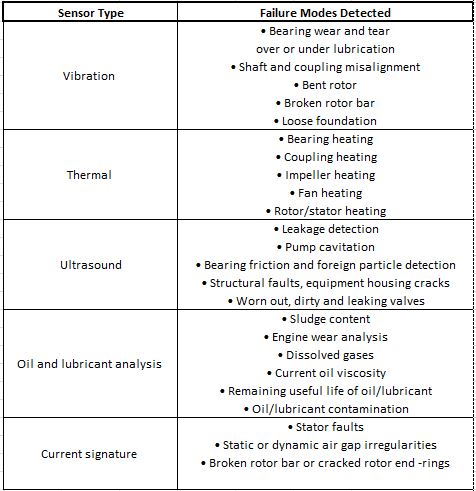How predictive maintenance helps in business value creation
Nowadays, factories have hundreds of machines for different processes such as cutting, forging, melting, extruding and more. All these industrial processes need 24/7 monitoring using the Internet of Things (IoT) sensors. The gigabytes of data generated from these machines are stored in the cloud directly. This data is further analyzed to identify even the slightest deviation in the production process like machine vibration, temperature, pressure, etc. using artificial intelligence (AI).
With the help of this historical data, you can predict the future failure point of a machine before it breaks down, thereby avoiding downtime, unforeseen costs and loss of production. Such a technique is called predictive maintenance (PdM), because of which no production asset whether it is a production assembly line or workplace coffee machine will experience a breakdown. More about Who owns the Machine Generated Data in IoT
Some necessary components for predictive maintenance
- Central database – Data (from OT systems) and business data (from IT systems) are stored, processed and analyzed; either on-premise or on-cloud
- Sensor – The data-collecting sensors are installed in machine or physical product
- Data communication – A communication system that allows data to securely flow between the monitored asset and the central datastore
- Predictive analytics – Algorithms applied to the gathered data to identify patterns and generate insights in the form of alerts and dashboards
- Root cause analysis – It is a tool for data analysis that maintenance and process engineers use to study insights and plan corrective actions
Some of the sensors used for predictive maintenance

Evolution of predictive maintenance
Based on the company’s operational level, manufacturers have been carrying out predictive maintenance for many years now.
- Reactive maintenance – In this type of maintenance, technicians conduct repairs after problems arise (For example, machine breakdown due to high temperature).
- Preventative maintenance – In this kind of maintenance, visual inspection is involved, followed by regular asset inspection. This provides a more specific, objective information about the condition of the machine.
- Rule-based predictive maintenance – This type of maintenance is also known as ‘condition monitoring and diagnosis’. Sensors keep collecting data from machines and send alerts as per the predefined rules (For example, threshold has been reached).
- Machine learning-based predictive maintenance – This type of maintenance depends on enormous historical data, which is further combined with machine learning algorithms to identify various scenarios and predict what might go wrong and when, as well as generate alerts based on predictions.
More about the Power of IoT-based Predictive Maintenance
Advantages of predictive maintenance
Manufacturers and their customers can get a lot of benefits by deploying a predictive maintenance solution:
New revenue streams – By offering analytics-based services such as PdM dashboards, technicians can dispatch services before some parts need replacement or optimize maintenance schedules. Also, manufacturers can monetize industrial predictive maintenance. Such predictive ability enables manufacturers to offer digital services to customers based on available data, which is a great opportunity for recurring revenue streams for companies.
Gain a competitive edge – Predictive maintenance promotes the company’s brand name and provides value to customers. It can also differentiate your products from competitors and allow them to deliver continuous benefits in the market.
Reduce maintenance time – With automatic reports, scheduling strategic maintenance and proactive repairs become easier this results in reduced maintenance time. These insights cut operating costs and save time for manufacturers and their customers.
Improve asset efficiency – With the help of analytics-driven insights, manufacturers can improve OEE (overall equipment effectiveness) by cutting on redundant maintenance, improve asset life and enable root cause analysis of a system to detect issues before failure.
Enhance customer satisfaction – It offers a greater level of predictability, as customers will receive automated alerts when any part of a machine needs replacement, and even recommend timely maintenance services.
More about 7 Business Reasons to Develop a Predictive Maintenance Program
The final say
There is no doubt about the fact that PdM has become an imperative industry trend in the global manufacturing industries. By implementing a PdM solution, organizations can maximize the value of their assets. If you have any queries or are looking to deploy a predictive maintenance solution, then talk to our experts.
![]() This article was written by Ripal Vyas, the Founder and President of Softweb Solutions Inc – An Avnet Company. He has been instrumental in bringing the latest technologies to the Midwest over the last 12 years with his firm in Chicago. Vyas is now raising awareness on the importance of IoT, deep learning, AI, advance data analytics, and digital experiences across the U.S. via his new base in Dallas.
This article was written by Ripal Vyas, the Founder and President of Softweb Solutions Inc – An Avnet Company. He has been instrumental in bringing the latest technologies to the Midwest over the last 12 years with his firm in Chicago. Vyas is now raising awareness on the importance of IoT, deep learning, AI, advance data analytics, and digital experiences across the U.S. via his new base in Dallas.



